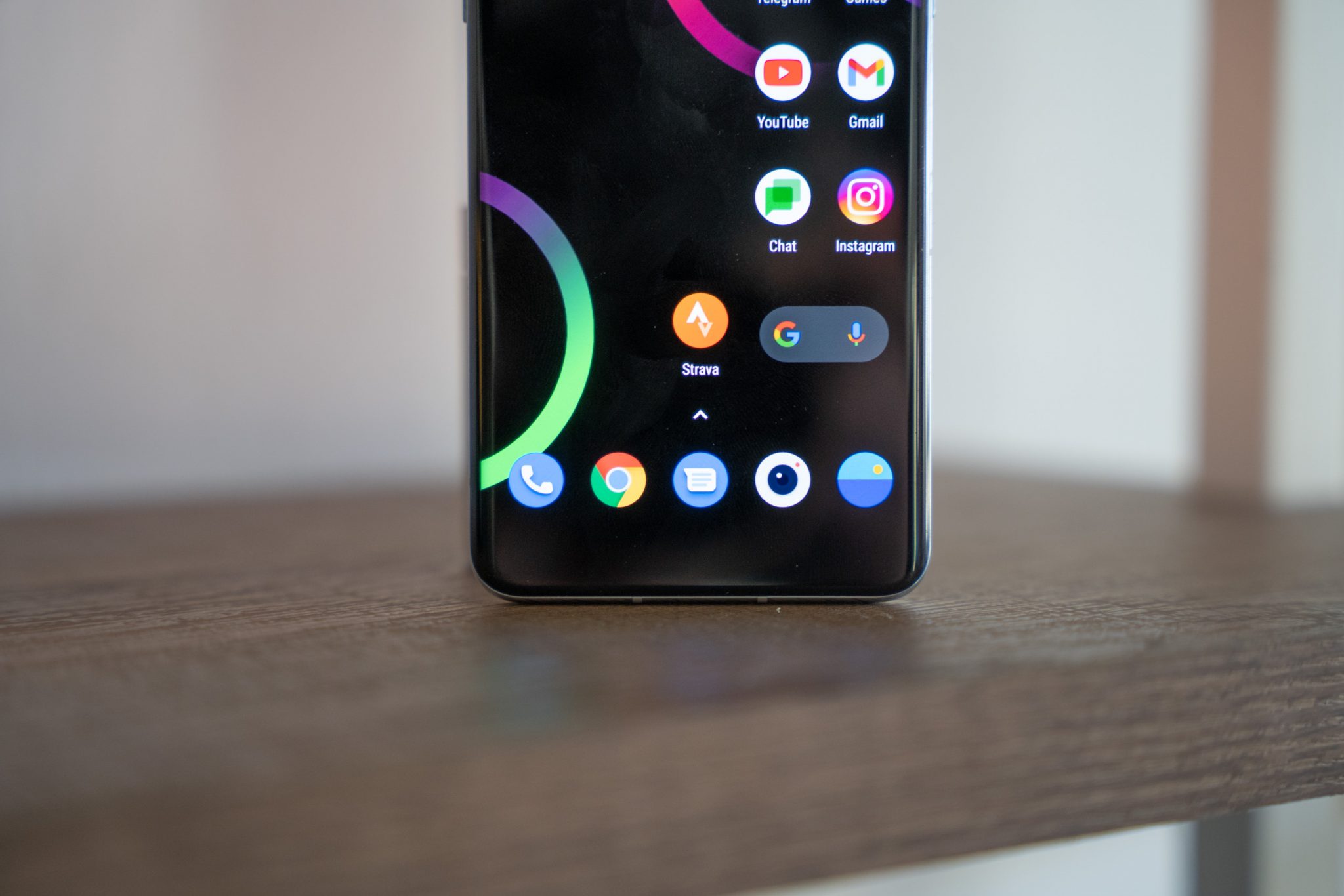

- ONEPLUS GEEKBENCH OVER CHEATING ALLEGATIONS UPDATE
- ONEPLUS GEEKBENCH OVER CHEATING ALLEGATIONS PRO
- ONEPLUS GEEKBENCH OVER CHEATING ALLEGATIONS SOFTWARE
45W charging is fast (but not that fast): The phone got to 67% in 30 minutes, which is not that much faster than 25W (58%).Some may not dig the curved display, though.
ONEPLUS GEEKBENCH OVER CHEATING ALLEGATIONS PRO
Sleek and durable design: The Galaxy S22 Ultra is protected by an armor aluminum frame and Gorilla Glass Victus+ back, and yet it's lighter than the iPhone 13 Pro Max without a lame notch.That's good but behind the iPhone 13 Pro Max's over 12 hours. Battery life could be better: We saw a little over 10 hours of endurance in our web surfing battery test.
ONEPLUS GEEKBENCH OVER CHEATING ALLEGATIONS UPDATE
Longer support: Samsung is promising five years of update support and four years of major OS updates, so this flagship should be able to last you a long time. Better photos (especially in low light): Thanks to a bigger main sensor, the Galaxy S22 Ultra delivers brighter pictures than the S21 Ultra, and the Night Mode works even better than the iPhone 13 Pro Max in certain scenarios. The S Pen is better: By reducing the latency by 70%, writing and drawing on the Galaxy S22 Ultra feels as smooth as pen and paper. Best phone display yet: The Galaxy S22 Ultra's AMOLED panel is not only brighter than the competition, making it ideal for outdoor viewing, it delivers better color saturation. Transgressions such as this one will do little towards changing a user's perception towards MediaTek-powered phones. MediaTek's new Dimensity line of 5G chips have the potential to take on, and even defeat their Qualcomm counterparts. Things got better for the company last year when the Helio G90T made its debut alongside the massively popular Redmi Note 8 Pro. Very often, one would find MediaTek chips exclusively in low-cost devices. Historically, MediaTek chips have always lagged behind equally-powered Qualcomm offerings. However, it maintains that the real-world performance of the chips is determined by a 'wide variety of factors' and that they're optimized for efficiency and battery life. The company acknowledges that its chips run on 'the highest possible performance levels' under synthetic loads. MediaTek doesn't confirm or deny the accusations and uses ambiguous language to distort what is happening with its hardware. MediaTek has been at this for a long time, based on the evidence presented.Īnandtech reached out to MediaTek for a comment. Anandtech also found out that these 'whitelists' for benchmarking applications exist on a host of other MediaTek-powered devices such as the Oppo Reno Z, Oppo F15, and even the nearly three-year-old Sony Xperia XA1. However, the Chinese version of the Reno3 Pro running a Snapdragon 765G seemed to be performing on-par with its peers, which leads us to conclude that MediaTek is at fault here. Chinese OEMs have done this many times in the past, and this could very well be another instance of history repeating itself. It would be easy to blame Oppo for this mess, given that it was their device. Older MediaTek chips also engaged in similar behavior The overall score had dropped by 30%, and variances were as high as 75% in some tasks. ONEPLUS GEEKBENCH OVER CHEATING ALLEGATIONS SOFTWARE
One of the ways to get around this predicament is to use anonymous versions of benchmarking software that is not on an OEM's 'whitelist.' Anandtech did just this with a mystery version of PCMark, and the results were significantly different. As a result, some devices even shut down mid-benchmark. It disables safeguards such as thermal throttling and forces the SoC to work at unsafe and potentially dangerous temperatures. OEMs are aware of this, and they 'whitelist' the application packages. It is usually sourced from the Google Play Store or the company's website. Most users, and even reviewers, will use standard versions of a benchmarking application. Here is where the reporter suspected that there's something fishy going on in the background. It struck out as odd because the Helio P95's Cortex-A75 CPU cores are two generations older than the Dimensity 1000L's Cortex-A77 CPU cores. Anandtech stumbled upon this discrepancy when one of its reporters noticed that Oppo's latest Reno3 Pro running an older MediaTek Helio P95 chip outperformed a Chinese version of the Reno3 that shipped with a MediaTek Dimensity 1000L SoC on PCMark.





 0 kommentar(er)
0 kommentar(er)
